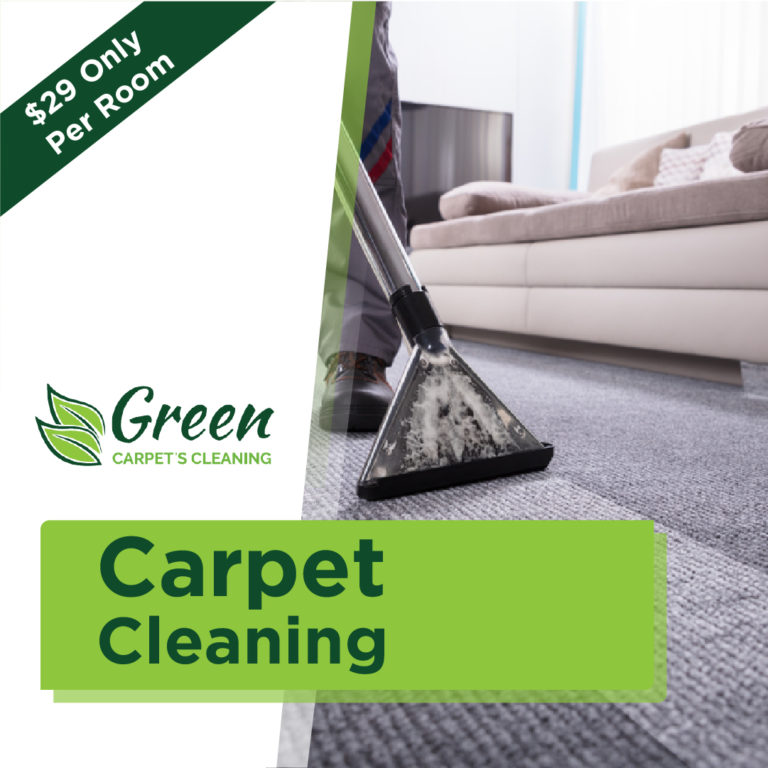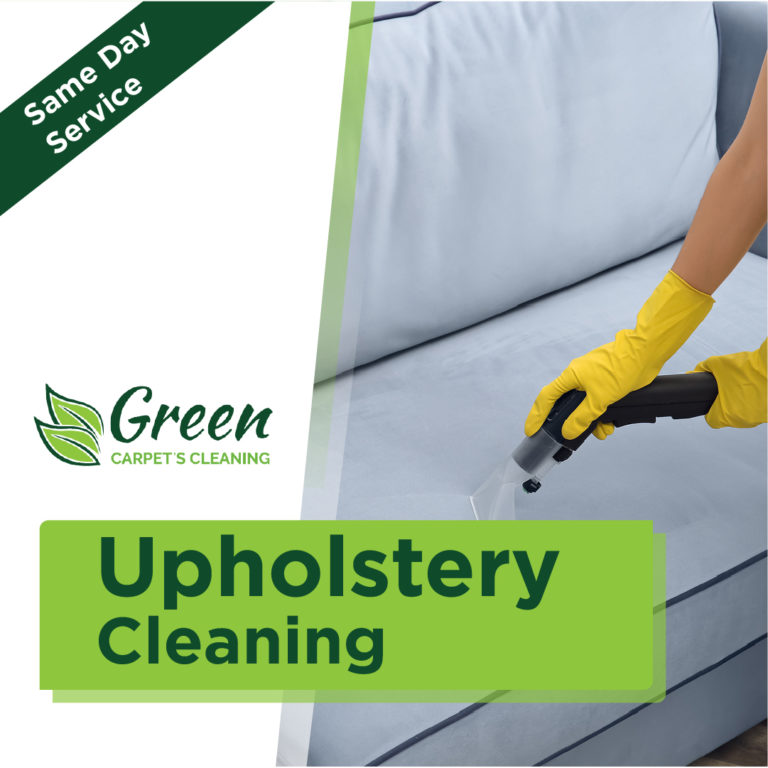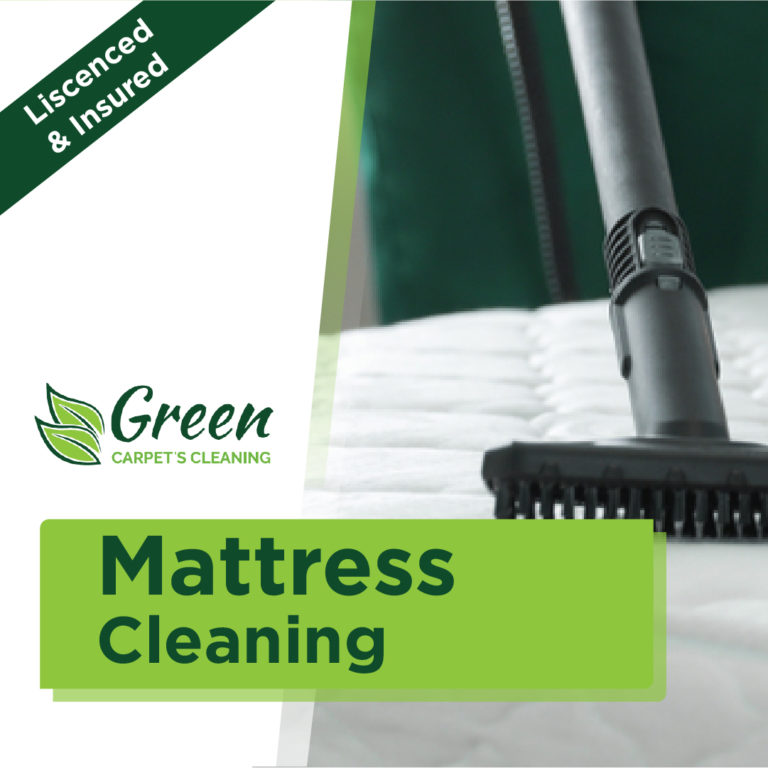Different types of Upholstery Fabric
Natural Fabrics
Upholstery Cleaning in Pittsburg — Natural fabrics are made from natural fibers that come from plants or animals.
Chenille
Chenille’s soft surface pile inspired its name — it’s the French term for”caterpillar.” Its extra weft threading gives it a glow that is distinguishing. This casual cloth is ideal for comfy pieces like oversized recliners, sofas, papasans, and children’s furniture, but it could also do great things with printed side seats and traditional accent chairs. It may also be made from synthetics like rayon, although chenille is usually made from natural fibers.
Cotton
Cotton furniture upholstery is usually a mix, combining this stylish, breathable natural fiber using linen, polyester, nylon, etc., for added texture, durability, or resistance to wrinkling.
Jute
A natural fiber generated in India and Bangladesh, jute was traditionally used for matting and rope. Though prone to wrinkling, it is a great material for contemporary rustic accent pieces like an ottoman, adding a slightly rougher texture that pairs well with wood and/or leather.
Leather
Leather upholstery can vary in quality and cost, based on its quality and treatment.
Leather: Full-grain leather employs layers are hidden instead of by the entire animal, and marks or imperfections are left intact. This is the top notch leather.
Top-grain leather leather can be second in quality only to full grain and employs the powerful top layers of the animal hide.
Corrected-grain leather: Corrected-grain leather has been treated to remove imperfections and subsequently awarded an imitation grain for a uniform look.
Split leatherSplit leather consists of the drop or bottom split of the hide. To the surface, a synthetic surface layer is laminated with leather.
Linen
Linen is an extremely strong textile fiber. It’s a sleek, soft, and obviously lustrous fabric that offers durability and resistance that is natural to abrasion, pilling, and moths. It is often used in conjunction with cotton for elasticity. Neatly tailored bits like parsons chairs, traditional dining chairs, and tufted arm chairs offer a fantastic style for linen.
Silk
Luxurious and soft feels in formal settings and is best maintained to kid-free/spill-free zones. Silk is sometimes backed to add weight and durability and comes from both natural and synthetic varieties. Sunlight can cause this fabric to fade thus think strategically about where you put a lace upholstered piece.
Velvet
Velvet is a lavish woven cloth distinguished with its thick and short pile. This soft and lustrous material can be made from natural or synthetic fibers and varies in quality and type. Though comparatively difficult to clean, velvet stands out because of its comfort, texture, and rich colour, making it a favorite alternative for dramatic pieces like traditional button-tufted headboards and earthy accent chairs.
Wool
Most wool you locate on sofas and accent chairs today is really a combination of synthetic and natural fibers. The addition of synthetic substances helps the fabric stand up better to wear and also makes it much easier to clean.
Synthetic Fabrics
Synthetic fabrics, also known as materials that are engineered, are fabrics produced . Synthetic fabrics are more resistant to fading and staining and are far much more durable than natural fabrics.
Faux Leather
Faux leather is made from a more ecofriendly alternative to PVC or vinyl. PU is much more breathable than PVC, and it degradable.
Microfiber
Microfiber is a knit blend polyester cloth that’s softer than suede plus a great deal easier to clean (simply remember to dab rather than rub). This material is made of woven fibers, providing the qualities of suede to durability and moisture resistance. This low-cost cloth is ideally suited to chaise sectional lounges or convertible sofas, and casual seats in a contemporary style.
Nylon
A synthetic fiber, nylon is generally blended with other substances to create a robust and durable material. It’s typically easy to maintain and is not likely to wrinkling.
Olefin
Olefin is a manmade material that’s produced from melting down plastic pellets. Any color is added and the resulting threads are stitched together. Olefin will maintain its colour because the colours are baked in rather than added to the surface and can be cleaned with bleaches. This durable cloth is great for upholstery.
Polyester
First introduced in the 1950s, polyester is a fabric that does its best work in tandem with natural materials like yarn and cotton. Polyester blends provide exceptional strength, easy cleaning, and resistance to fading, wrinkling, and abrasion — and pilling, in the case of blends.
Rayon
This substance was developed to mimic fabrics such as linen and cotton. It is commonly combined with other types of threads to make a mixed material that’s appropriate for upholstery.
Things to Place under Couch Cushions to Prevent Sagging & Sinking by Green Carpet’s® in Pittsburg
Understand How to Disinfect a Couch with Green Carpet’s Cleaning® in Pittsburg














